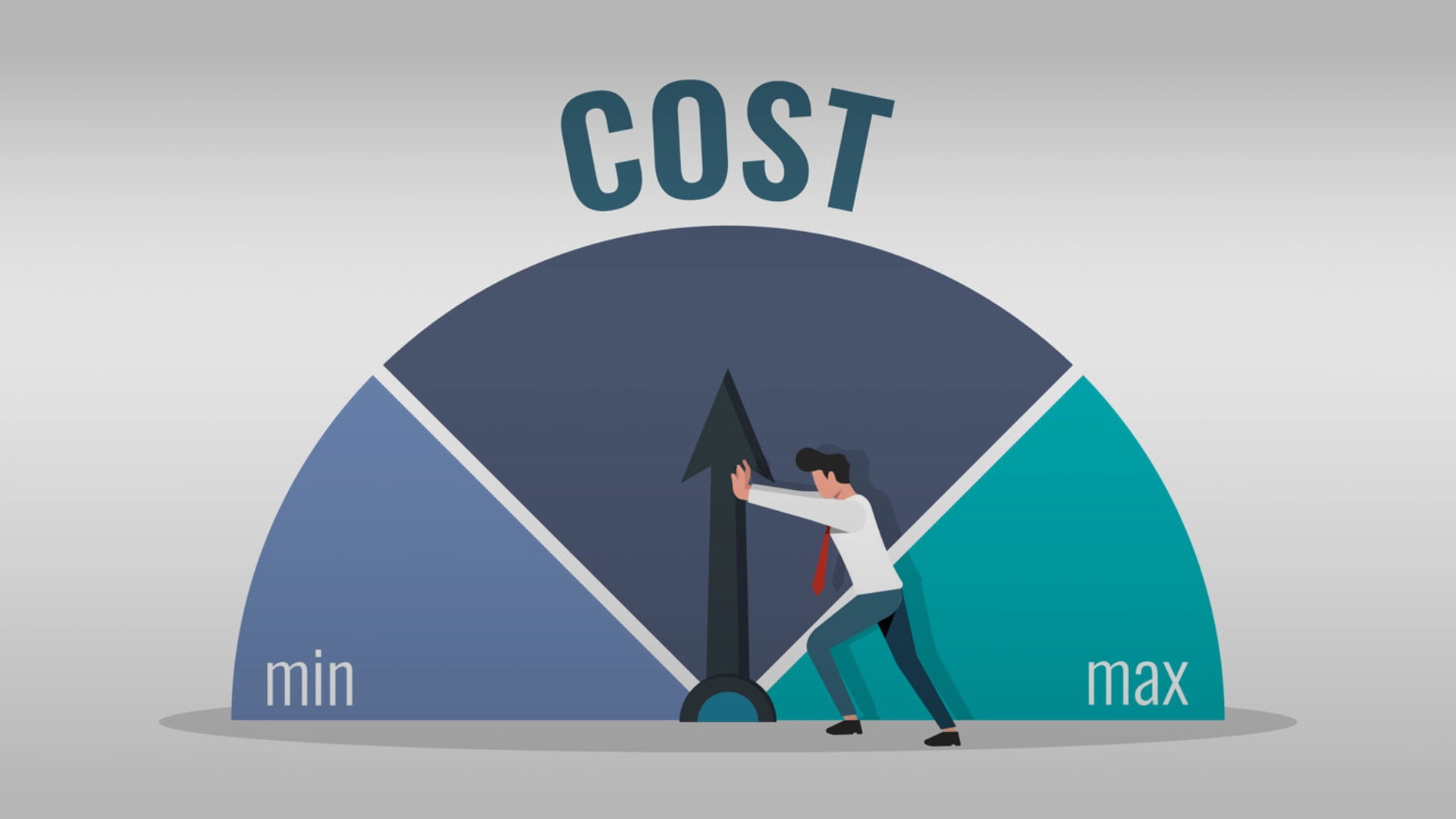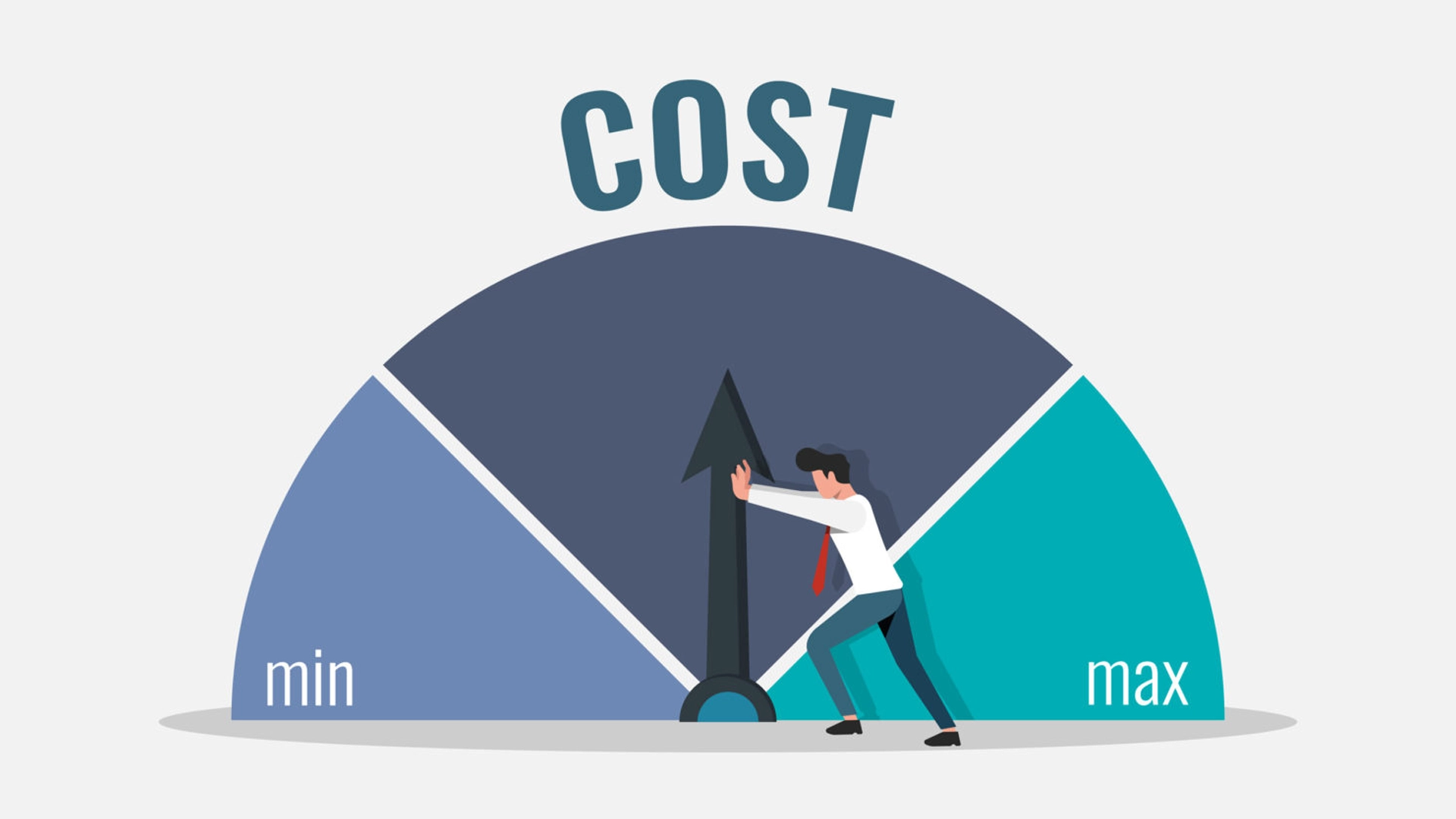Many Med-Tech companies contact the medical contract manufacturer to find out the cost of making their medical device without giving any further information. This is simply impossible as to know the cost you need to provide the most in-depth and complete information to the representative you are dealing with. This is the best way to properly make your way through the medical device development and manufacturing process.
However, cost remains a critical element when making decisions about medical device manufacturing.
To compare the costs defined by medical contract manufacturers and make the best decision, you need to learn more about the top eleven cost drivers of medical contract manufacturing.
Knowing them will help product developers anticipate and plan around them for their next medical project.
1. MANUFACTURING PROCESS
The manufacturing process you choose depends on the product you want to make and its application. In return, the manufacturing process you choose directly affects the cost of the project. For example, if you want to add a plastic part, you can do it by using different processes including plastic injection molding for medical devices, compression molding or extrusion molding. In terms of cost, compression and extrusion molding are generally more cost-effective than injection molding, which is used for more complex items and requires the construction of an injection tool. The design and tooling increases the initial cost, but on the other hand has lower production cost per unit. This in the long run, on the life cycle of the product, may be the most economical choice. Each manufacturing process has its advantages and disadvantages, but it has much more to do with application than cost. You might not have the flexibility to change it.
2. LABOR COSTS
Labor cost is another crucial factor that is part of the product manufacturing cost. The higher the labor costs, the more it costs to produce. This expense varies greatly depending on the geographical location of the people doing the work, but looking for the lowest cost can result in some very large hidden expenses.
Paying once for highly skilled labor is much more cost-effective than paying for cheap labor and getting a poor product. So, labor is the variable expense that is most worth investing in to get the best long-term results and be satisfied with the final product.
Labor costs are rising in major manufacturing countries (e.g. China and India), while Eastern Europe is still a guarantee of labor cost savings. The Creanova medical contract manufacturing site in Serbia provides a very competitive labor cost, which is expected to remain stable in the upcoming years.
3. MATERIAL
One of the first medical device manufacturing decisions a product developer must make is choosing which material to use. There are thousands of plastic resins and metal alloys to choose from and they all have their own unique properties and come at different prices.
This is the easiest expense to predict and control since the raw materials are commodities widely sold on the international market. The cost, with few exceptions, is based on the amount of material consumed and will not vary much regardless of where production takes place. The price of raw materials is easy to find on some tables on the internet that are always being updated so developers can easily keep track of it right away.
4. PART COMPLEXITY
Complexity refers to how sophisticated a particular part is and the number of separate production steps and processes required to reach the final design for manufacturing and assembly (DFMA).
For each additional process, the cost will increase due to the extra manual labor involved in set-up, testing and measurement as well as the extra care and attention to detail required to mantain tight tolerances on multiple features. Where possible it is usually best practice to keep designs simple. This helps in reducing expenses and makes medical contract manufacturing faster, easier and less prone to potential nonconformities.
5. TOOLING
The cost of the tooling used to make your product is part of the final price. The cost of your tooling is given by: the amount of cavities (multi- or single cavity), required mold duration, the type of material to be used for injection and consequently the steel grade to be used and whether they require special treatments such as photo etching or hardening.
For example, CNC machining does not require fixed tools. This process takes longer to produce the finished part than plastic injection molding for medical devices, but if the quantity is smaller it can be a way to reduce overall project costs.
6. VOLUME
Typically, the greater the quantity of individual parts produced from a given instrument, the more the price per part drops, which is one way to amortize the initial expense.
As production volumes increase the medical contract manufacturer can maximize efficiency and minimize waste. You may also be able to negotiate for higher volumes of raw materials from the supplier.
7. PRECISION
Increasing degrees of precision and accuracy require the investment of much more time and effort. The extra work required increases almost exponentially as tolerances become more refined.
This is because all raw materials are affected by temperature, humidity and other environmental conditions, facts of the natural world that cannot be avoided. On a larger scale these movements are imperceptible and easily accepted.
Therefore the more you try to do something perfectly, the more you need to control both the part and the environment to extreme levels. For these reasons, tighter tolerances and greater precision, perfect for Design for Manufacturing and Assembly (DFMA), can substantially drive up manufacturing waste as well as labor costs and, in fact, don’t necessarily produce a better part for most common applications.
8. OVERHEAD & MARGIN
Every company, including the medical contract manufacturer, invests capital in their business. This means that the price for equipment, land, facilities, raw materials, interest, insurance, taxes and a small margin to reinvest, is calculated into the final price.
9. SHIPPING
Costs associated with shipping and logistics are included in the price and can include: Ocean, Full Container Load (FCL), Less Than Container Load (LCL), Air freight, Truck, Expedited, Need-to-clear customs, Import/export VAT or currency exchange fees.
The closer to home the medical device manufacturing facilities are, the shorter the time-to-market and the lower the costs.
Creanova d.o.o. located in Serbia allows us to provide our customers with:
- A delivery time of 1 week, compared to 7 weeks for China
- lower transportation costs: for a container 6-7 times less from Serbia than from China
- lower transportation costs: for a single pallet 5-8 times less from Serbia than from China (startup phase)
- stable costs compared to highly volatile transportation costs from China
10. YIELD OR SCRAP
Mistakes or defects — both cosmetic and functional — will happen. Medical contract manufacturers typically budget 1 to 2 percent for rework or scrap altogether.
11. CERTIFICATIONS/TESTS
If your product requires special testing to obtain a necessary medical certification, the cost of that testing is included in the quoted price. It is a complicated and expensive process.
Our best advice is to be sure you’re working with a medical contract manufacturer with plenty of experience in the medical industry. There are many steps to go through and missing even one of them will cost you time and money.
As a leader in medical contract manufacturing, Creanova provides medical device companies with services built to the highest quality standards.
Our team of experts can take your medical project through each step of the medical device development process and support you with a complete solution: from design, engineering, prototyping to medical contract manufacturing (including tooling, production, PCB Manufacturing and final assembly, ISO 13485 certified).
We provide you with a medical device characterized by Italian design, in addition to European manufacturing, a combination that allows you to build trust with your customers and a clear differentiation in your competitive landscape.
If you’re ready to start a new medical project, contact us!

